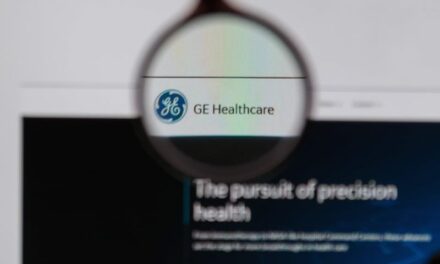At the recent Radiological Society of North America annual meeting, GE Healthcare announced Freelium, a magnet technology that uses 1% of liquid helium compared with conventional MRI magnets. Whereas the typical magnet uses 2,000 liters of liquid helium, GE’s new magnet technology uses approximately 20 liters.
The typical method of cooling down superconducting methods to minus 452°F requires the use of thousands of liters of liquid helium. By way of contrast, GE’s technology is less dependent on helium, easier to site, and ecofriendly. With this new technology, hospitals won’t need extensive venting that often requires siting a magnet in a separate building or in a newly constructed room. In addition, the Freelium magnet doesn’t need to be refilled during transportation or during its lifetime.
While this magnet isn’t currently integrated in a commercial product today, it has the potential to make Freelium-powered MRIs more accessible and less expensive, which is particularly important in developing regions without the necessary infrastructure. It’s also valuable in metropolitan areas where the cost of siting a magnet can exceed the cost of the magnet.
Says Stuart Feltham, magnet engineering leader of GE Healthcare MR: “At GE Healthcare, we work to solve our customers’ biggest problems. The fact that MRIs require so much liquid helium adds cost, complication, and makes the systems difficult to install; Freelium technology is designed to aggressively address these challenges.”
Feltham notes that MRI is inaccessible to more than 70% of the world’s population. GE’s vision is to increase worldwide accessibility of MRI as a result of this low-helium technology, he says.
For more information about this product, visit GE Healthcare.





Congratulations on the new technology that will provide MRI services to those that do not presently have access in a more Earth friendly way.
Thank you.